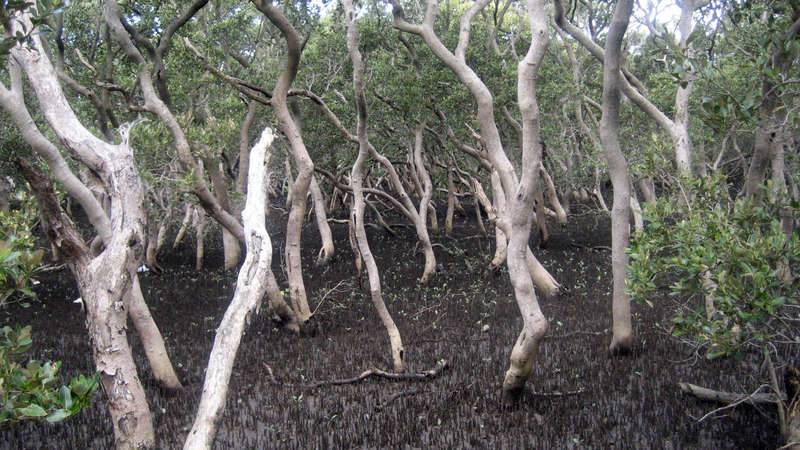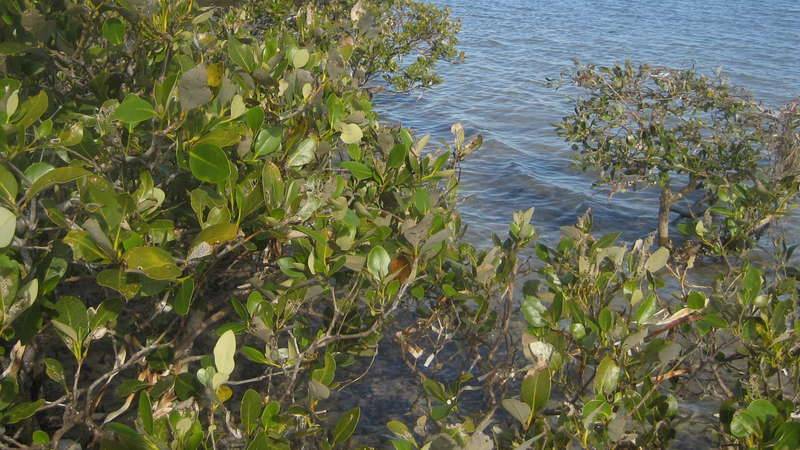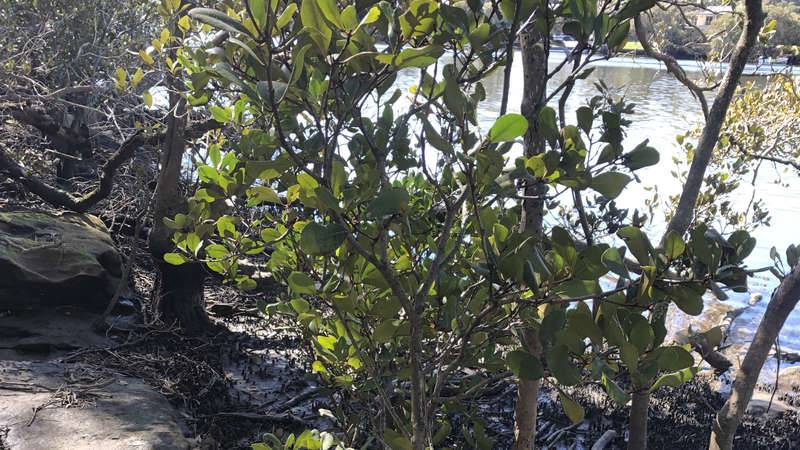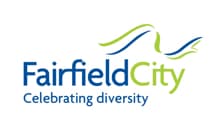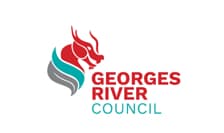What are Mangroves?
Mangroves are a group of trees and shrubs that are capable of growing in marine, estuarine and – to a limited degree – fresh water. They occupy the fringe of intertidal shallows between the land the sea.
The term ‘mangrove’ is used to describe individual trees or shrubs and also the general habitat. As a group of plants, mangroves share several highly specialised adaptations that have allowed them to colonise and thrive in intertidal areas. Mangroves have developed special ways of dealing with concentrations of salt and tidal conditions that would kill most other plants.
One of the adaptations of mangroves to help them grow in tidal locations is the mangrove seedling or propagule. They look a lot like a chilli! They grow on the mangrove tree and drop into the water when they mature. Then they float away with the current, until eventually lodging in the soil, where it grows roots and begins to sprout. Robert Dixon from Georges Riverkeeper explains more.
Why are mangroves important?
In the past, mangrove forests were undervalued and considered to be wastelands or breeding grounds for mosquitoes. As a result, many mangrove forests have been cleared, dredged or reclaimed, degraded or otherwise lost.
But mangroves serve four very important functions:
- The provide food; fallen leaves, seeds and organic matter support the food chain.
- The provide habitat; juvenile fish, shellfish, amphibians, birds and insects live in mangroves.
- They act as a buffer, reducing erosion and absorbing flood waters, .
- They trap fine sediments, maintaining water quality and contributing to carbon storage.
Did you know?
Evidence from major storm and wave events have shown the importance of mangrove forests in reducing storm damage to fragile coastlines and property such as Cyclone Tracy in Darwin (1974) and the Asian Tsunami (2004).
Where do mangroves occur?
There are at least five mangrove species in NSW, but only two are found as far south as the Georges River, the Grey Mangrove and the River Mangrove. The zone where mangroves thrive is determined by tide levels and soil conditions, often parallel to the shoreline. River Mangroves prefer the fringing tidal zone, and grow no larger than 1-3m. Grey Mangroves occur behind the River Mangrove, can grow to 2-12m tall, and are identified by pneumatophores. These are vertical, above ground, snorkel-like roots that stick out of the mud and help them to take in oxygen.
Grey Mangroves are more salt tolerant and found on downstream foreshores. Mangroves are pioneer colonisers in areas of sedimentary deposition in shallow intertidal waters, often colonising small fringe areas. Mangroves upstream of Georges River National Park are thin, patchy stands while downstream sedimentation along the foreshore of bay is a prime ecological condition for large, think stands.
You can help protect mangroves
- Prevent stock, unleashed animals and humans from accessing mangrove areas.
- Avoid boating in and around mangroves.
- Dispose of rubbish, oils and chemicals away from mangroves.
- Report activities or conditions which threaten mangroves.

